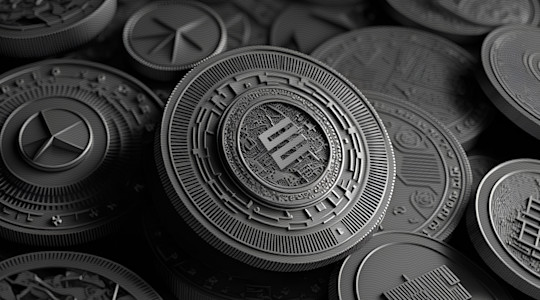
In January, Fidelity, one of the world's largest asset managers, held its annual Fintech Showcase event. Membrane Finance was selected as one of the four companies in Europe to showcase our story and solution. The event's key takeaway was the potential disruption that stablecoins and tokenised assets could bring to the industry.
In recent months, several firms have announced tokenisation initiatives, including BNY Mellon, BlackRock and Goldman Sachs, all of whom are exploring the technology seriously and believe it will be the future of digital assets. Even Mastercard CEO Michael Miebach has predicted that "everything will be tokenised and passed around in a safe fashion."
J.P. Morgan has already completed a landmark transaction using tokenised ownership interests in Money Market Fund (MMF) shares as collateral. Goldman Sachs focuses on tokenisation, remaking the plumbing of financial markets, and the profound effect digital money will have across markets. Meanwhile, ABN Amro has become the first bank in the Netherlands to register a digital bond on the public blockchain.
In light of the forthcoming MiCA regulation, a new initiative called Tokenise Europe 2025 is being spearheaded by the European Commission and the German Banking Association to tap into the potential of asset tokenisation and distributed ledger technology to strengthen the EU's competitiveness and build long-term economic resilience.
Tokenisation allows fractional ownership, making it easier for investors to access various asset classes. However, until now, the need for a suitable, trusted, internet-native payment method has been a challenge.
Why stablecoins are the missing link in the evolution of asset management
Stablecoins have emerged as the main settlement currency on decentralised markets, providing a secure and stable medium of exchange, reducing volatility, and enabling safe, on-chain-native transactions. "Total value settled with stablecoins is rising in the bear market, reaching over $7 trillion in 2022. For comparison, Mastercard processed” $2.2 trillion in value in 2022”, Patrick Hansen, Director of EU Strategy & Policy on Circle, tweeted on 5 February
By combining asset tokenisation with stablecoins, investors can take advantage of new and innovative investment products, such as tokenised real estate and tokenised debt instruments, with a secure and stable medium of exchange. "Since we have launched our EU-regulated EUR-stablecoin EUROe, we have witnessed immense interest towards regulated, on-chain-native, tokenised currency enabling fast and efficient transaction for digitalised assets," says Juha Viitala, CEO of Membrane Finance.
The introduction of the Markets in Crypto-Assets Regulation (MiCA) in the EU in circa 2024 will set forth new requirements for capital controls and further consolidate the standing of compliant stablecoins in the EU. While US financial regulators have placed some of the largest dollar stablecoins under scrutiny, opportunities presented by stablecoins must be acknowledged to progress regulatory environments and create a more secure money infrastructure.
Membrane Finance thanks Fidelity for recognising its potential and allowing us to present its work on a global stage with its EU-regulated, first-of-a-kind stablecoin, EUROe.
References
https://www.jpmorgan.com/solutions/treasury-payments/insights/blockchain-onyx-asset-tokenization
https://www.cnbc.com/2023/02/10/goldman-sachs-digital-asset-chief-lays-out-blockchain-strategy.html
https://fintechnews.ch/blockchain_bitcoin/abn-amro-issues-digital-bond-on-stellar-blockchain/57689/
https://fintechnews.ch/blockchain_bitcoin/abn-amro-issues-digital-bond-on-stellar-blockchain/57689/
All articles
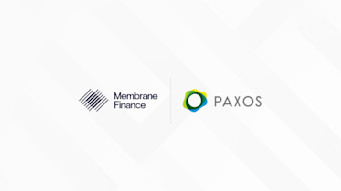
Charting a new course - Membrane Finance joins Paxos, focus shifts to USDG in Europe, EUROe operations to wind down

Paxos to Acquire Finnish E-Money Institution Membrane Finance
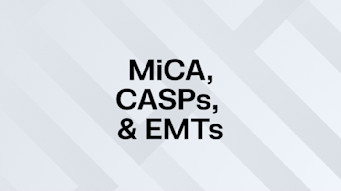
MiCA, CASPs, and EMTs – How EUROe Helps Exchanges Transition into MiCA

Membrane Finance Launches EUROe Ramp: Fiat Connectivity for Blockchain Protocols
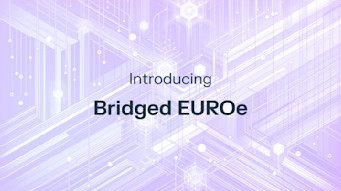
Introducing Bridged EUROe to Scale Euro Liquidity

Membrane Finance Brings the First Stablecoin to Concordium

EUROe To Integrate Concordium – A Permissionless Blockchain with Built-In IDs
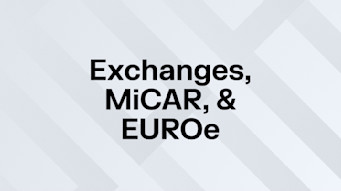
EUROe Helps CASPs & CEXes Stay MiCAR-Compliant
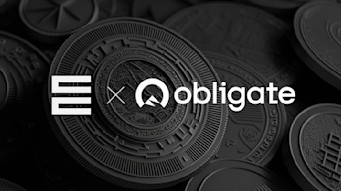
Obligate and Membrane Finance Join Forces to Revolutionise Debt Financing

Membrane Finance Brings the First Euro Stablecoin to Solana – Along With Card Payments
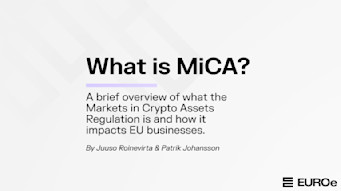
What is MiCA?
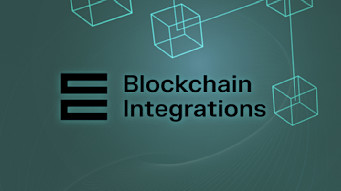
Membrane Finance Announces Blockchain Integration Offering
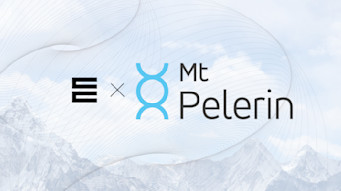
Mt Pelerin partners with EUROe to offer zero-fees on/off-ramp
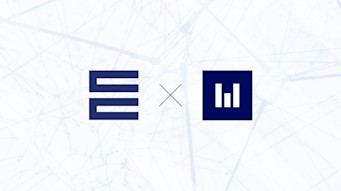
EUROe Is Now Available through Woorton’s OTC Infrastructure

Lamar Olive Oil's Innovative On-Chain Bond Issuance Using EUROe

deltaDAO Facilitated a Data Market Transaction Using EUROe
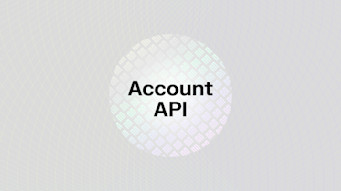
Membrane Finance Launches EUROe Account API to Bridge Traditional and Blockchain-Based Economies
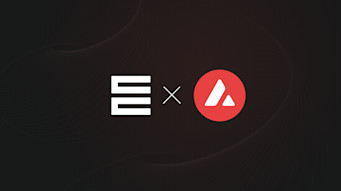
Membrane Finance Launches the First MiCA-Compliant Stablecoin, EUROe, on Avalanche
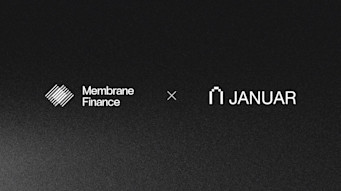
Membrane Finance and Januar team up to pave the way for MiCA compliant financial technology
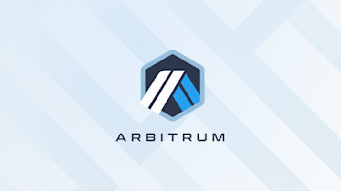
Membrane Finance Launches EUROe on Arbitrum One

Membrane Finance Launches EUROe on Polygon

deltaDAO, Membrane Finance, and Polygon Labs bring EUROe to the Gaia-X Web3 ecosystem as main settlement token
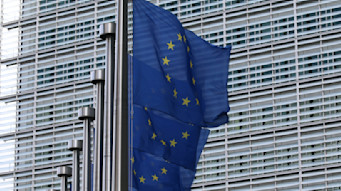
Stablecoin regulation within the EU remains clear amid uncertainties in the US

Membrane Finance launches EUROe on Ethereum
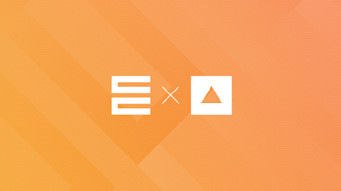
Membrane Finance Announces Integration with Fireblocks to Enhance Operational Security of the EUROe Stablecoin

Equilibrium backs Membrane Finance in building core EUROe systems

Membrane Finance appoints KPMG as its internal auditor

Runtime Verification completes a smart contract audit for the first EU-based regulated stablecoin EUROe

Nordic Law acts as a legal advisor to Membrane Finance
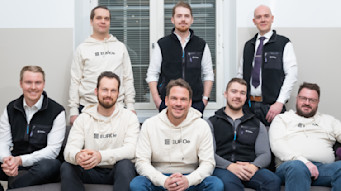
Membrane Finance Announces the First Regulated Euro Stablecoin EUROe and Raises a Seed Round

What are Stablecoins?
